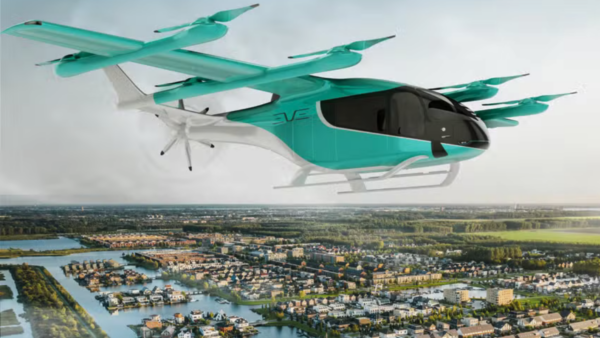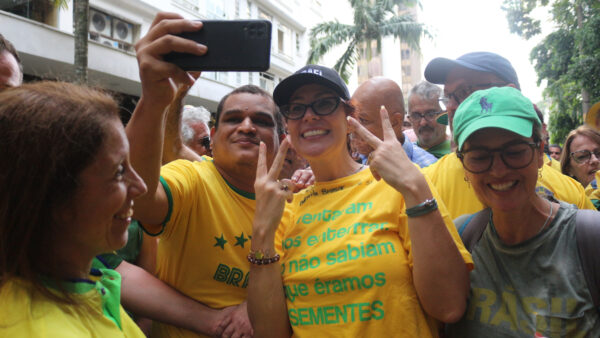Where is the center of São Paulo? The question seems redundant, but the answer is hardly obvious. The “center”—certainly the financial center—has been dislocated westward repeatedly, such that it now finds itself some 6 to 8 kilometers to the southwest, on Avenues Faria Lima or Berrini. But there is some suggestion now that the center is coming back—to the center—with important revitalization plans afoot.
After decades of depopulation and deterioration of central regions of the city, real estate speculation has shot up over the past decade. Ten percent of new vertical residential buildings in São Paulo over the period have been in the Sé region, which includes the gentrifying neighborhoods of República and Santa Cecília; this rises to well over 15 percent if one takes only the past couple of years. It amounts to 33,582 new buildings of this type from 2007 to 2017. Anyone who lives in the region can testify to this; anecdotally, it seems as if every third block has a new residential building, either recently completed or under construction.

One significant part of this process is the upgrading of public spaces, such as the plans for the Vale do Anhangabaú. Another such project concerns the Minhocão—or “big worm”—a 2.8-kilometer overpass that runs like a scar from the start of the West Zone through to the Center. An idea to turn it into a park, inspired by New York’s High Line, has existed for at least five years, but it may finally be realized in the coming 6 to 18 months.
But a Minhocão Park is not without controversy, as the construction has been throughout its history. In fact, the trajectory of this automotive viaduct is in some ways the story of central São Paulo in microcosm.
São Paulo, despite its 465 years of existence, is really a city of the 20th century. Its “old center” grew significantly in the 19th century, powered by coffee exports; it then expanded westward to the adjacent “new center” (on the other side of the Vale do Anhangabaú) in the 1940s, as the economy became increasingly industrialized. Through the 1950s and 1960s the city boomed, during which time the financial center moved to Avenida Paulista, displacing the old coffee baron mansions that had set up...


 Search
Search






































